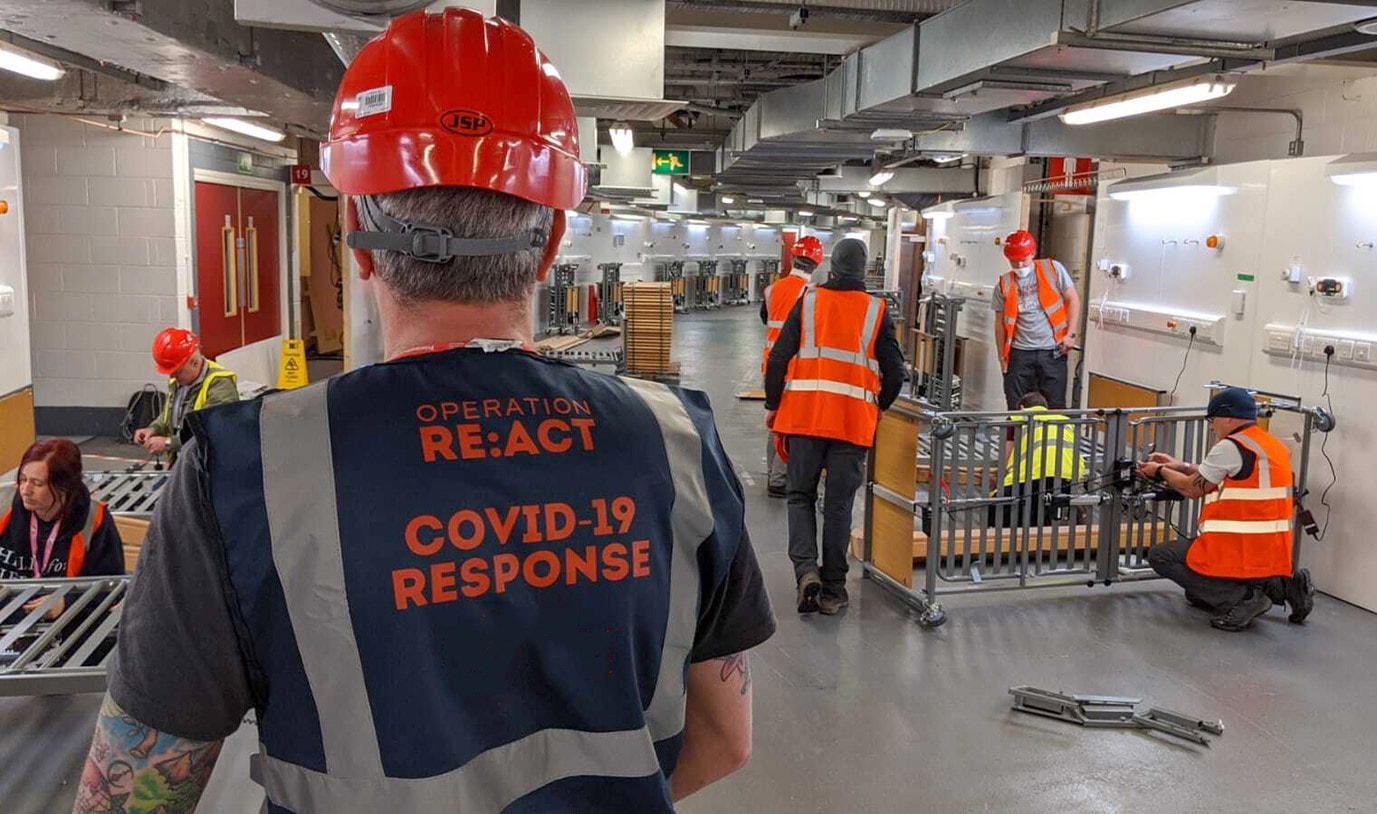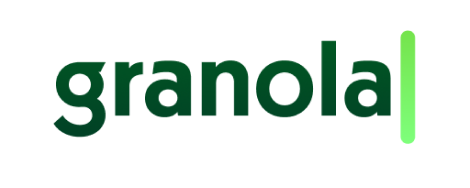When Covid-19 began sweeping the globe, RE:ACT Disaster Response started mobilising volunteers and veterans of the British Armed Forces to help in the UK. Almost 6,000 newly trained veterans and volunteers have signed up to offer their services in response to the outbreak, doubling the size of the organisation during the past three months.
Members of RE:ACT are equipped with unique skills and training to handle rapid disaster-response efforts worldwide. And with Slack, the channel-based messaging platform, already deployed wall-to-wall, the organisation could rapidly scale its efforts to meet current needs.

‘We have a strict no-internal-email policy that keeps us collaborating live in Slack, speeding up our communications and preventing information silos.’
Activating rapid disaster-response efforts in Slack
Before Covid-19, when a natural or humanitarian disaster struck, the team would get an alert about the event. This alert would be an automated notification from the Global Disaster Alerting Coordination System (GDACS) or from reputable news services and partner organisations.
RE:ACT would assess the disaster and its current resources and then decide how to give support by communicating in Slack. The organisation manages two separate Slack workspaces, where team members communicate and work together:
- A main workspace, where day-to-day functions of the organisation are executed
- An auxiliary workspace that hosts hundreds of trained volunteers, as well as a notice board for upcoming trainings and operations
Using the auxiliary workspace, RE:ACT would call up a group of around 20 volunteers at a time and invite them to be temporary multi-channel guests in its main Slack workspace for executing mini relief operations. The pandemic, however, inspired an exceptional outpouring of veterans. In April alone, the organisation’s multi-channel guest volume increased by 67%, and those members sent more than 29,000 messages while collaborating on delivering aid.
‘Our small team was overloaded with information, but Slack has enabled us to keep it easily accessible and all in one place,’ says Chris Lyon, Head of Tech and Innovation at RE:ACT.

As of July, RE:ACT has trained almost 600 volunteers on relief and mutual aid efforts around the UK, including:
- Installing more than 1,000 hospital beds
- Distributing more than 5.5 million personal protective equipment items
- Delivering more than 2.3 million meals
RE:ACT has also built a brand-new database giving thousands of new volunteers access to additional aid opportunities – from ‘safe and well’ checks to mortuary assistance – throughout the country.
‘Everything we’ve ever done in the past five years, we’ve more than doubled that in the first few months,’ says Lyon. ‘It’s a testament to the systems we use, and Slack is the central system that makes the rest of them work.’
Amplifying collaboration among volunteers, with Slack channels
When a response effort goes live, specific Slack channels – digital spaces for people to share messages and files – are created. This allows for quick and focused communication among staff and volunteers. Channels for RE:ACT include:
#op_re_act_gen: The main channel used for team-wide announcements, situation reports and general operational questions#op_re_act_infomgrs: The channel for data managers to discuss information coming in from teams in the field, and for others to ask data-related questions#op_re_act_ops: For on-the-ground updates and communication among staff and volunteers, along with cross-functional collaboration among teams on low-level issues#op_re_act_tech: Where Lyon and a team of volunteer developers collaborate on system improvements and, when a Zapier Slack integration bot alerts them to a bug, on technical fixes
In these Slack channels, teams of volunteers have a direct line to all the data and support that they might need while providing aid. That information is organised and securely self-contained, so no one misses a key update or risks accidentally forwarding internal messages.
‘Slack keeps all members of our teams informed at all times, to whatever level the individual chooses,’ says Lyon. ‘It increases the speed of communication, wherever in the world we send our teams.’
Maintaining quick communication and engagement with emoji in Slack
Whether trained in military or emergency response, volunteers come to RE:ACT with unique expertise and experience in their fields. Lyon says that getting them up to speed with a communication system and collaboration tool like Slack has been relatively quick and easy. ‘It is very intuitive,’ he says. ‘We find that most new staff and volunteers pick the system up on their own. We just need to teach them our best working practices.’
Those best practices include how to leverage a custom emoji reaction vocabulary that, Lyon says, provides quick and simple communication and engagement, even when volunteers are under stress. ‘Using emoji is something that doesn’t come naturally to some of our staff or volunteers, but the ability to give a thumbs-up or add a “done” stamp to a message saves so much time,’ he says.

Enabling bots in the organisation’s main Slack workspace helps to reduce workloads for core staff and volunteers by offering up-to-date information efficiently. Various channels are automatically alerted when:
- GDACS registers a quick-onset disaster anywhere in the world
- A large donation is made through RE:ACT’s website, allowing the fundraising team to send a personalised thank-you note
- Zapier encounters a technical error importing new volunteers into the marketing platform
- Mailchimp, allowing the IT team to respond rapidly
Thanks to Slack, Lyon says, RE:ACT has been able to scale up its efforts virtually overnight without losing contact with the most critical part of the organisation: the volunteers and veterans who show up to work.
‘We wouldn’t achieve half of what we do if we were using emails to communicate internally,’ he says. ‘Our teams would be constantly missing important information, and our jobs would be even more stressful than they already are. We couldn’t achieve what we do without Slack.’















